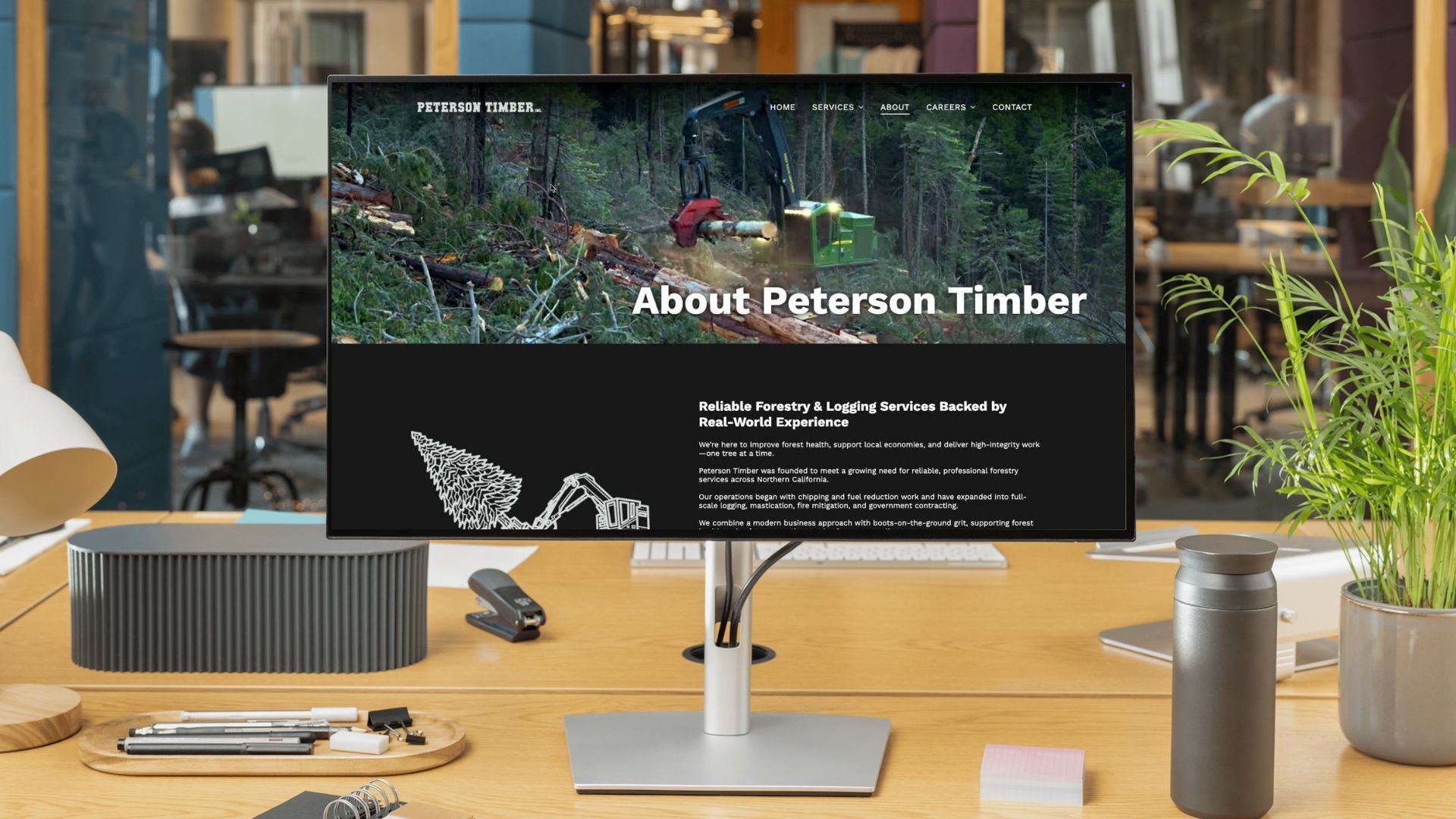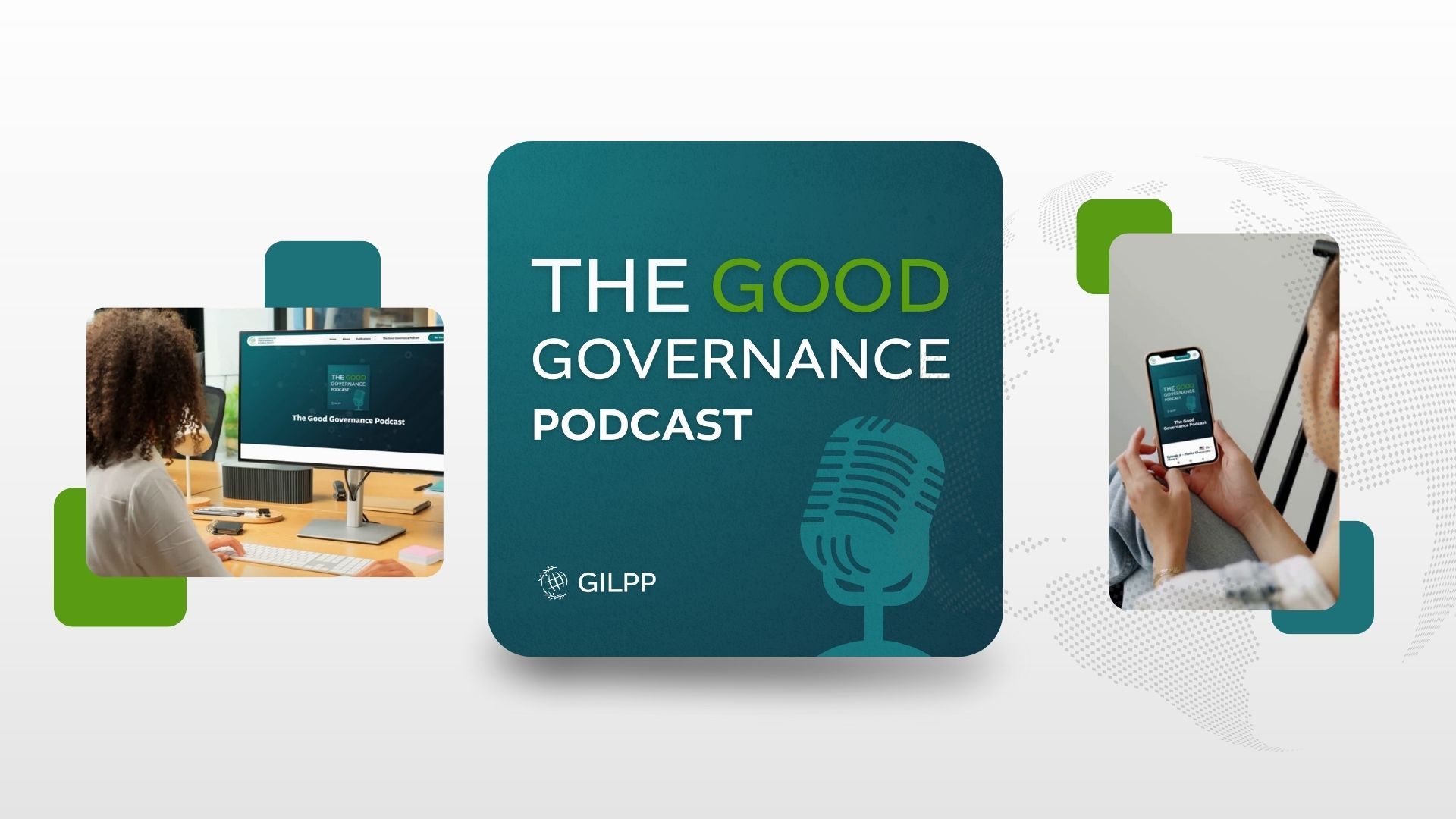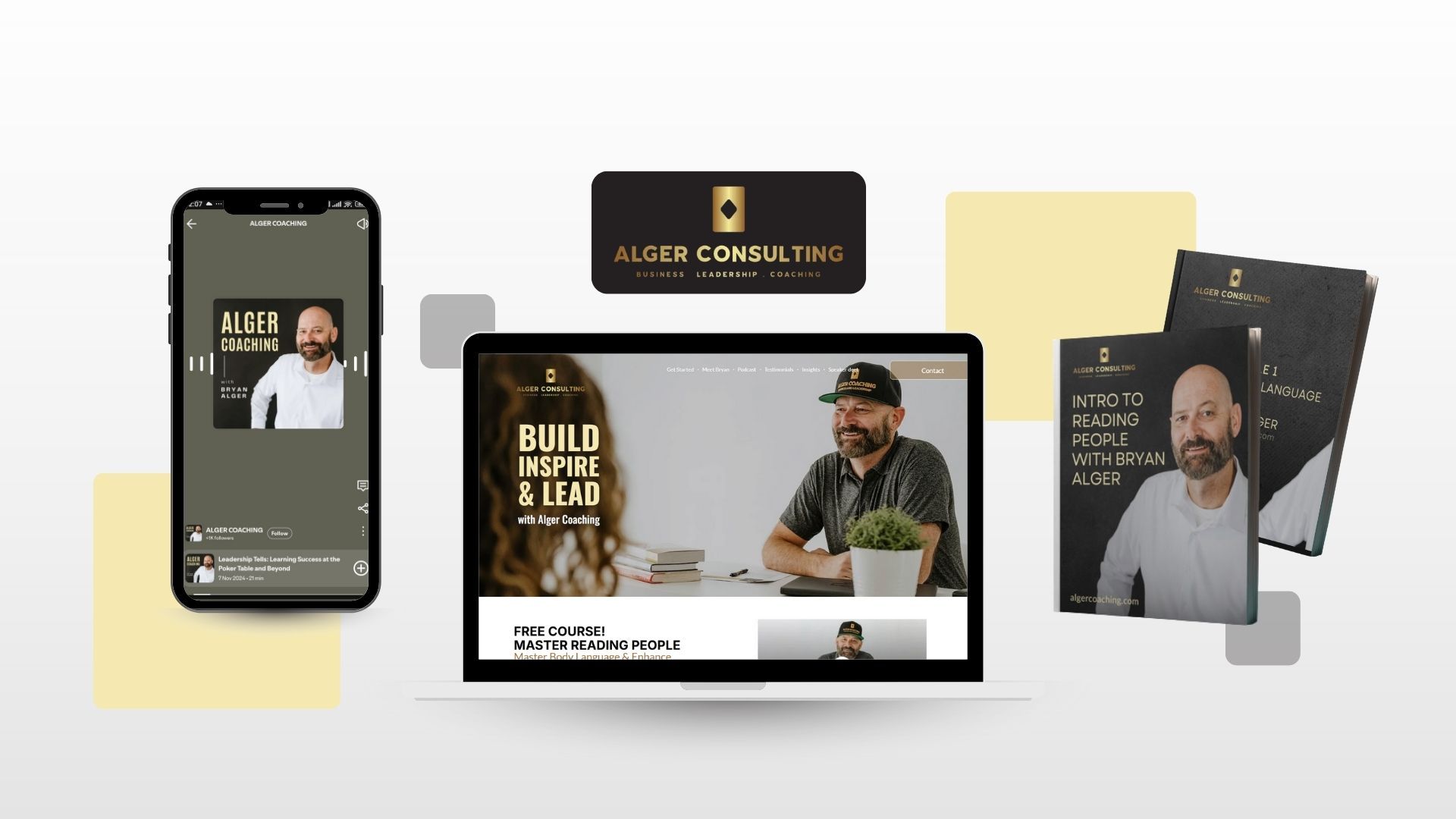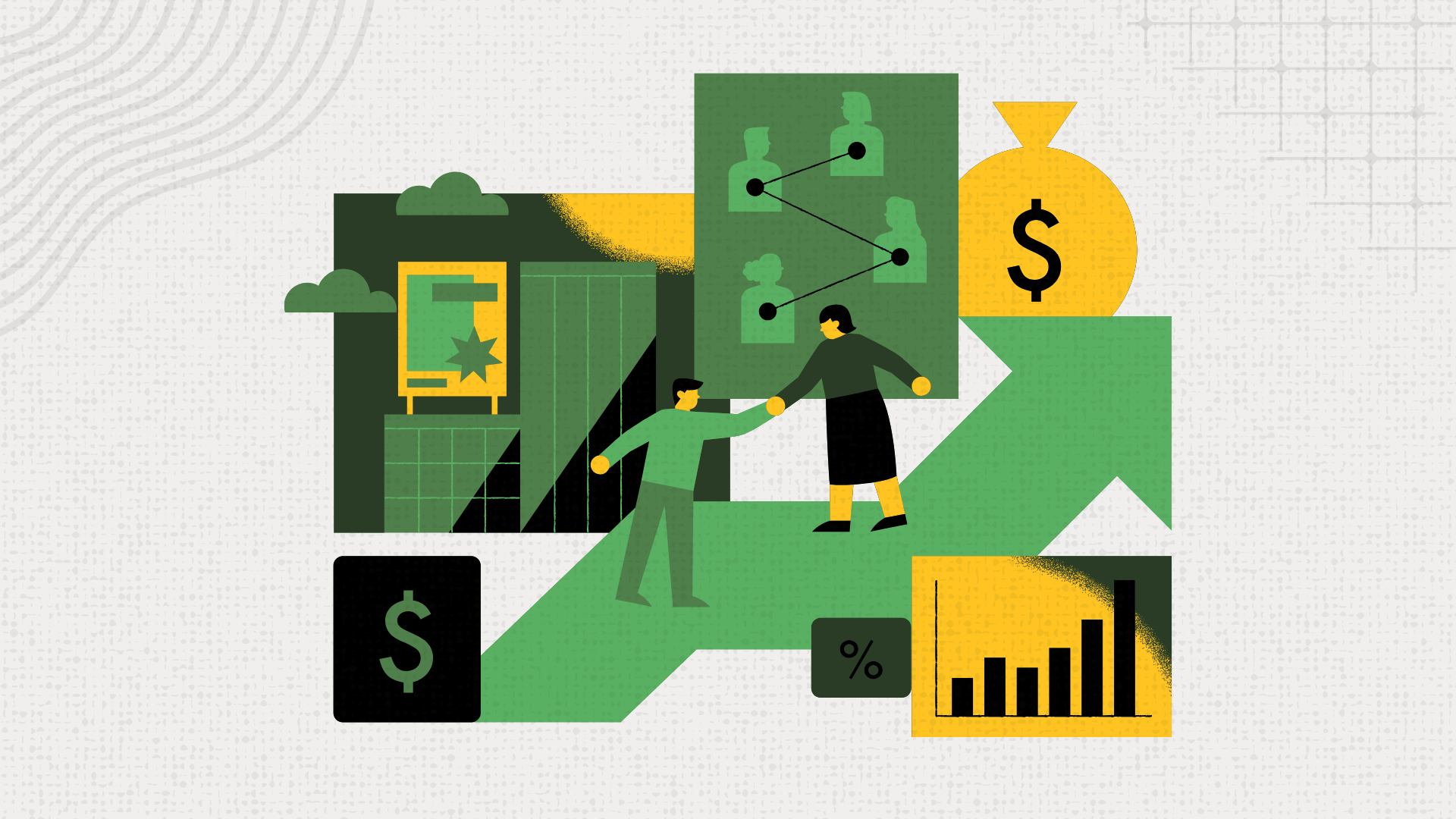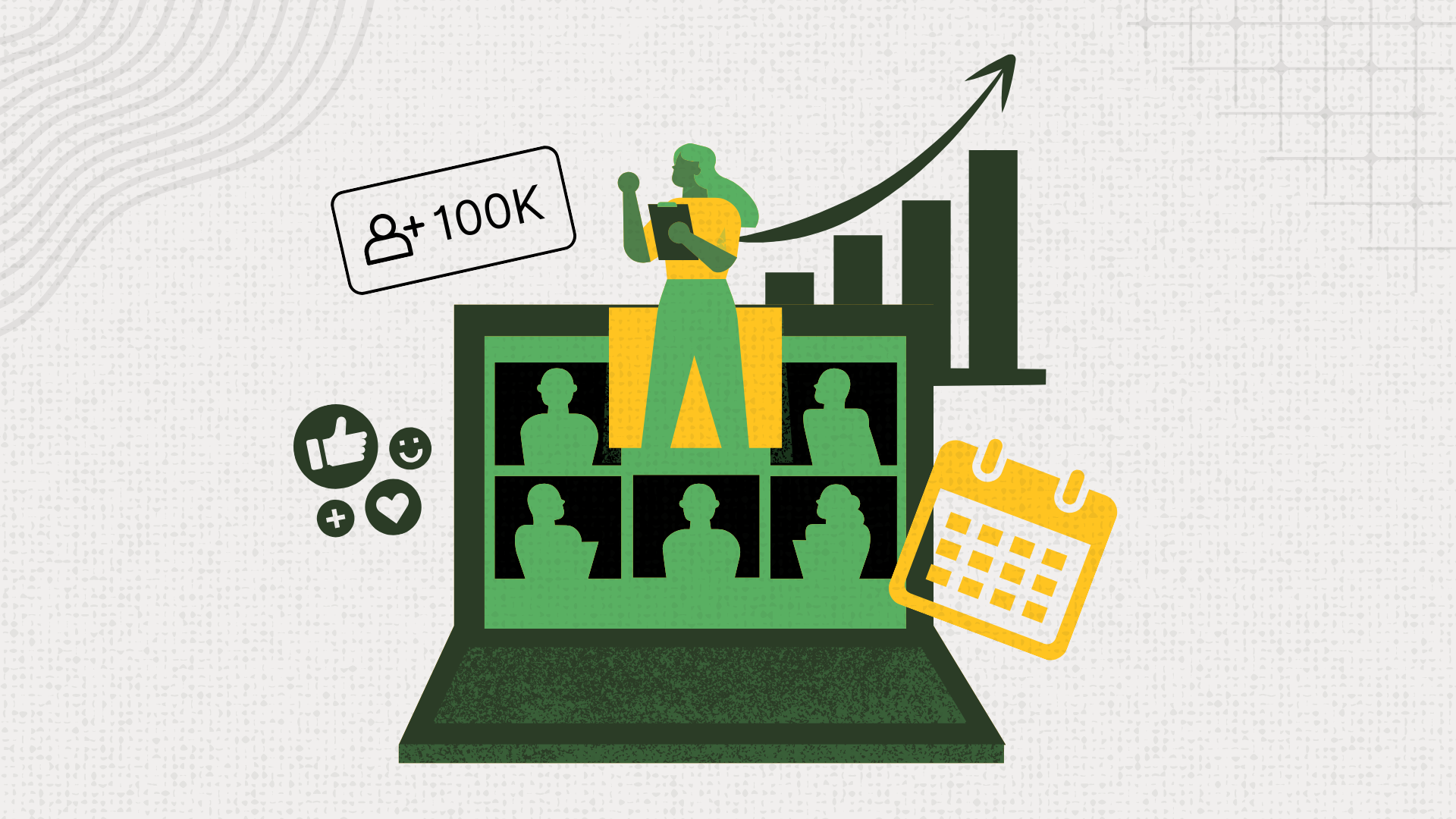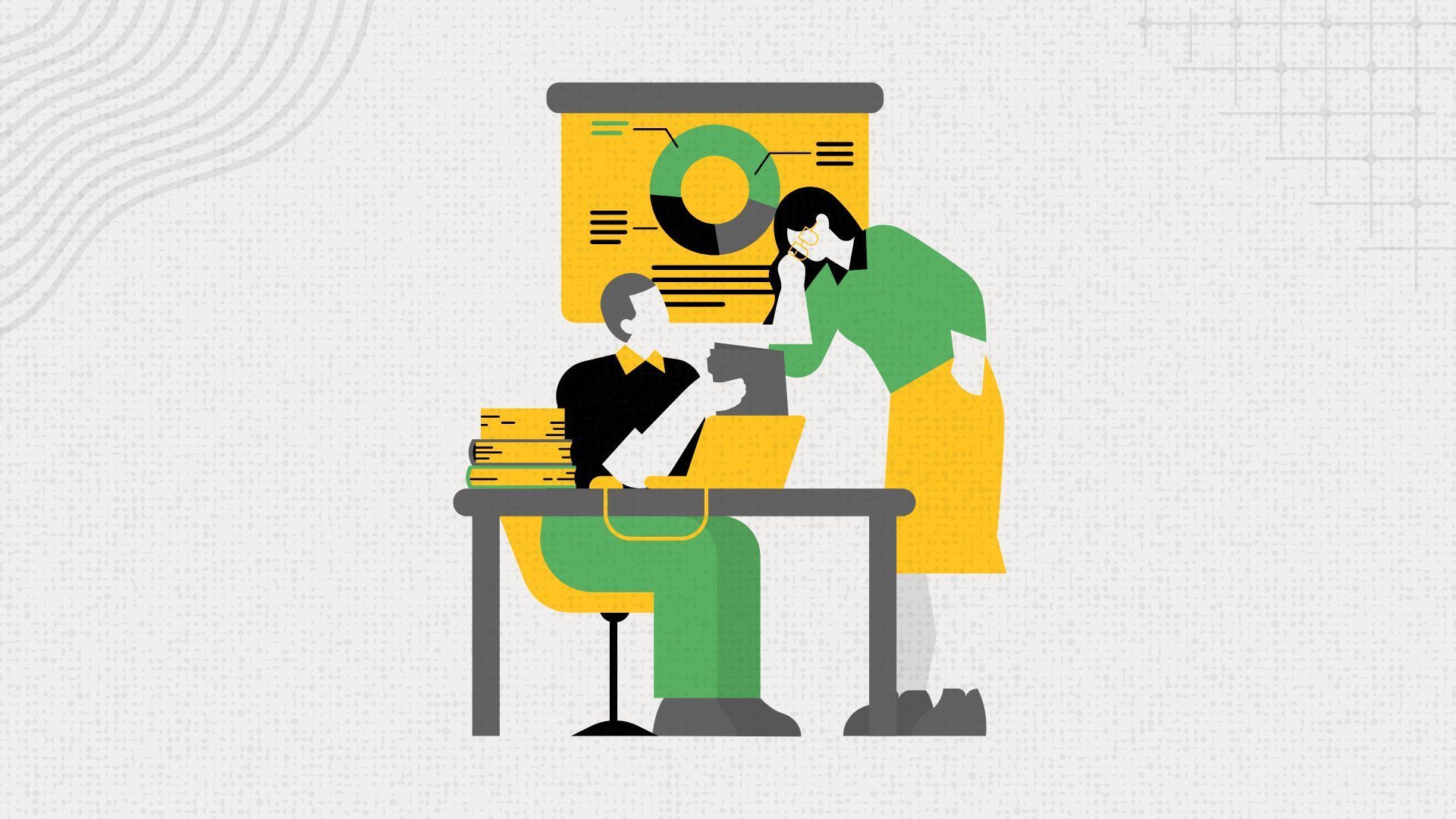
Why More Marketers Are Choosing Freelance Over Full-Time Work
The traditional career path for marketers has always been clear: Get a degree, land a full-time job at a company, climb the ladder, and eventually become a marketing director or CMO.
But today, that path is changing. More marketers are choosing freelancing over full-time roles—and for good reason.
“People are realizing they don’t need to work for a big company to build a great career in marketing. Freelancing gives you more flexibility, better income potential, and the ability to choose projects that actually interest you.”
Still, freelancing isn’t for everyone. Some marketers thrive in full-time jobs, while others prefer the independence of freelancing. The key is figuring out what works best for you.
This article will break down the pros and cons of freelancing vs. full-time work, and how to decide which path is the best fit for your skills, lifestyle, and career goals.

The Pros & Cons of Freelancing vs. Full-Time Marketing Jobs
There’s no “one-size-fits-all” answer to this question. Both freelancing and full-time jobs have their advantages and challenges.
Here’s a breakdown of each:
Do's:
- The Case for Freelancing
- More freedom and flexibility – Work from anywhere, set your own hours, and choose projects you enjoy.
- Higher income potential – Freelancers can charge premium rates and earn more than salaried employees.
- Diverse experience – Work with multiple clients across different industries, building a stronger portfolio.
- Better work-life balance (if managed well) – You control how much you work and when.
Don't:
- Inconsistent income – No guaranteed paycheck; income depends on client work.
- No benefits – No employer-paid health insurance, retirement plans, or paid time off.
- Self-management required – You’re responsible for finding clients, invoicing, and running your own business.
- Isolation – No built-in team environment like you’d get in an office.
Example:
A former corporate marketer switched to freelancing and now makes 50% more than their full-time salary—while working fewer hours. But they also had to learn how to manage client relationships and sales.
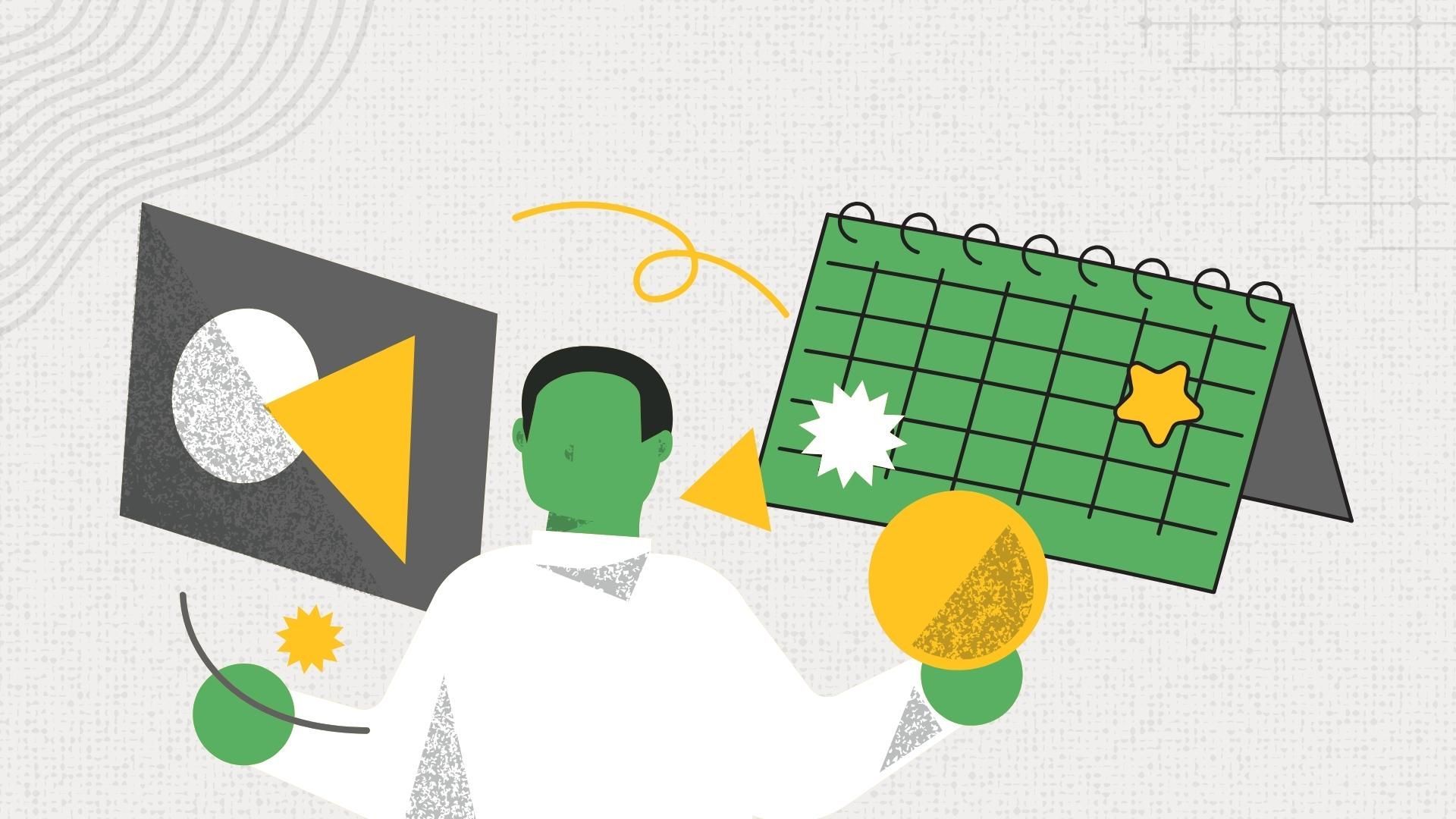
The Case for a Full-Time Job
Do's:
- Stable paycheck – Guaranteed income every month, no need to chase clients.
- Company benefits – Health insurance, retirement plans, and paid time off.
- Defined role and responsibilities – No need to handle sales, invoicing, or admin work.
- Career growth and mentorship – Opportunities to advance within a company.
Don't:
- Less flexibility – Fixed schedules, office hours, and limited control over projects.
- Earnings potential is capped – Salary increases are limited compared to freelance rate increases.
- Less variety in work – Working for one company means fewer opportunities to try different industries.
- Job security is never guaranteed – Layoffs and company changes can happen anytime.
Example: A marketer working at a startup enjoys job stability and benefits but feels stuck in repetitive tasks and wants more creative freedom.
Which One Is Right for You?
The best choice depends on your personality, risk tolerance, and lifestyle goals.
Ask yourself these questions:
1. Do I want flexibility, or do I prefer stability?
- If you value freedom, freelancing might be better.
- If you want a steady paycheck, full-time work is safer.
2. Am I comfortable with sales and self-promotion?
- Freelancers need to find clients and sell their services.
- Full-time employees focus on their role without worrying about sales.
3. Do I want to specialize in one area or gain broad experience?
- Freelancers work on different projects and industries.
- Full-time employees develop deep expertise in one company’s needs.
4. How much risk am I willing to take?
- Freelancing offers higher earning potential but comes with income uncertainty.
- Full-time jobs provide financial stability but limit long-term income growth.
Hybrid Approach: Some marketers do both—working full-time while freelancing on the side. This can be a smart way to transition into full-time freelancing.
(Not sure if you’re ready to go full-time freelance? Let’s talk.
How to Succeed as a Freelancer (If You Choose That Path)
If freelancing sounds appealing, here’s how to set yourself up for success:
1. Find Your Niche
- Identify what you’re best at. Social media management? SEO? Email marketing?
- Target a specific audience. Specializing makes it easier to attract clients.
2. Build a Strong Portfolio
- Showcase your best work – Even if it’s personal projects at first.
- Collect testimonials – Social proof helps land clients.
3. Learn How to Get Clients
- Network and build relationships – Most clients come through referrals.
- Use freelancing platforms – Upwork, Fiverr, or LinkedIn can help you get started.
- Create content – Share valuable insights on LinkedIn or YouTube to attract clients.
4. Set Your Pricing Right
- Avoid undercharging. Many freelancers set their rates too low.
- Charge based on value, not just time. If you help a business make $10,000, your work is worth more than an hourly rate.
Freelancing vs. Full-Time – Make the Right Choice for You
There’s no “right” answer—only what works best for you.
Choose Freelancing If:
- You want flexibility and control over your work.
- You’re willing to handle sales, invoicing, and client management.
- You like variety and working across different industries.
Choose a Full-Time Job If:
- You prefer financial stability and benefits.
- You want a defined career path within a company.
- You like working as part of a structured team.
Want expert advice on building a freelance career or transitioning to a marketing job?
- Get a free marketing audit: https://greenlightstudio.co/#audit
- Subscribe to our YouTube channel for marketing career insights: https://www.youtube.com/@greenlightyourmarketing
- Connect with Jake Mooney on LinkedIn: [https://www.linkedin.com/in/jacob-threlkeld-mooney/]
Whatever you choose, commit to growing your skills, building relationships, and creating value—and success will follow.
Unimpressed with your marketing?
Get support and direction with these resources:
- Free Marketing Audit Workbook - Download Now
- Subscribe to Our YouTube Channel - Subscribe
- Get a custom strategy for your business - Get In Touch
- Connect with Jake on LinkedIn - Connect
Unimpressed with your marketing?
Get support and direction with these resources:
- Free Marketing Audit Workbook - Download Now
- Subscribe to Our YouTube Channel for practical marketing tips and strategies. Subscribe
- Contact Us - Let’s create a custom strategy for your business. Get In Touch
- Connect with Jake Mooney on LinkedIn - Connect
Freelancing vs. Full-Time Marketing Jobs: What’s Right for You?


